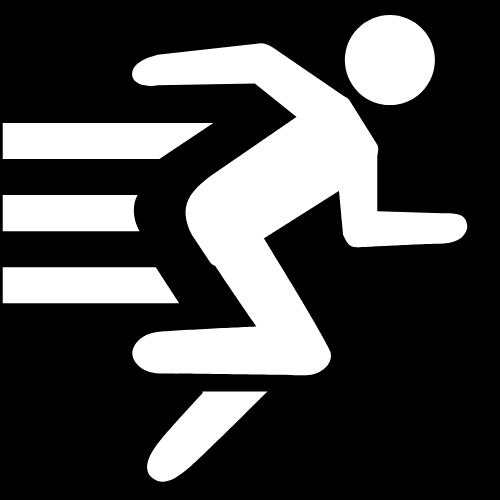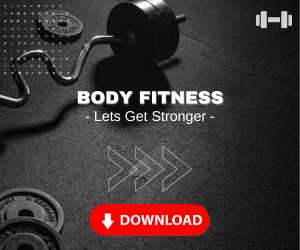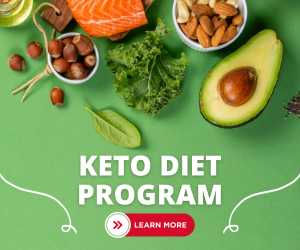Your abdominal muscles are used in almost every workout you may perform standing up, but there are literally hundreds of different techniques to target them specifically. The unfortunate reality is that there is no such thing as “spot reduction,” and as a result, many individuals spend a lot of time performing crunches in the hope of improving their abdominal muscles.
If you have a layer of fat covering your abdominal muscles, no one will be able to see them, even if you have the finest abs in the world. A wide variety of exercises are effective, but utilizing a Swiss ball is one of my personal favorites. Place your forearms on the ball, then go down on your knees so that you are facing it.
Put your weight on your toes and move the ball back and forth between your arms while you are on your toes. It’s a difficult one, but it truly gets the abs so thoroughly that you’ll feel it every time you laugh for the next week. This one will make you feel it. You may find hundreds more by searching on YouTube. Best of luck.
Why spend training time and effort on exercises that will only provide limited effects when you only need little, if any, direct abdominal training? Beginners often do not need any direct abdominal training.
An anterior load is placed on the musculoskeletal system while doing heavy front squats and goblets. This terminology simply refers to the fact that the weight is in front of you. When the weight is raised to a point where it is heavy enough, this anterior loading posture causes the shoulders and upper back to collapse forward or roll forward.
It is necessary for the body to create an enormous amount of tension in both the upper back and the core muscles in order to avoid the appearance of having a crushed midsection in order to prevent a forward fall or roll.
Imagine what it would be like to carry a hefty box in front of you and how much your core would need to be braced in order to maintain your hold and posture. Front squats and goblet squats act similarly.
It is not required, and doing so may, at some time, lead to an imbalance in postural alignment. Core strength training and abdominal strength training are not the same things at all. Concentrate on exercises that keep the spine in a neutral position, such as planks.
Master the skill of activating your transverse abdominus (TVA) and be sure to include it in all of your complex workouts. After you have learned how to properly engage your core, you will notice that standing bicep curls challenge your core just as much as they do your physical biceps.
First exercise: Proper diet. Before one’s abdominal muscles can be seen, one must first have a body fat percentage of around 10 percent or below. When a person has a higher proportion of body fat, their abdominal muscles are simply covered by a layer of swollen subcutaneous fat cells, making them less visible.
A healthy diet should not include foods that have “empty calories.” These calories do not contribute to the development of muscle. They do nothing more than swell the fat cells in your body. Steer clear of any food that has added sugar in amounts larger than roughly 3–4 grams in a single serving.
The second movement focuses on strengthening the abdominal muscles. Exercises like planks, squats, crunches, and deadlifts are great for building core strength. There are other ones, but they serve as a decent starting point.
As a point of perspective, I now have approximately 8 percent body fat and can see parts of my abs. I should mention that I am approaching 69 years old today, so it is a bit difficult for this older one to keep their abs looking as young as they used to. Despite this, I continue to put in a lot of effort.








